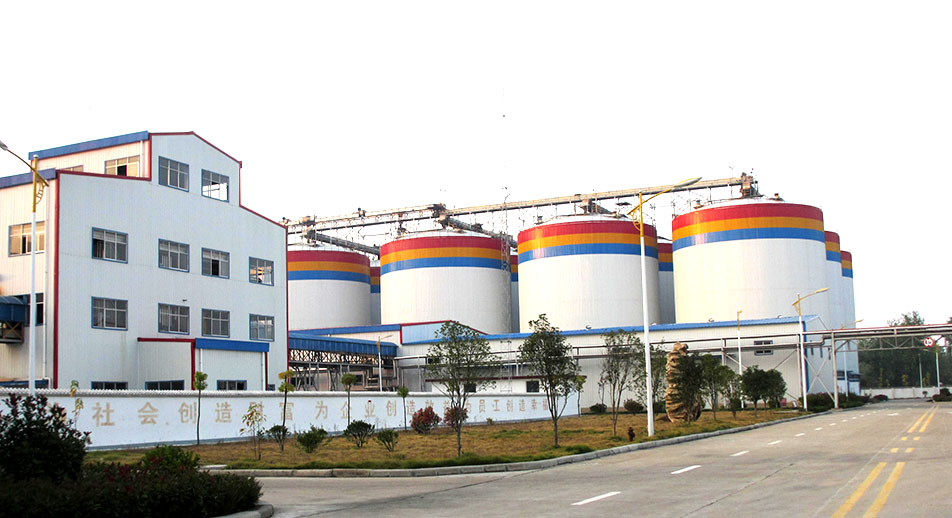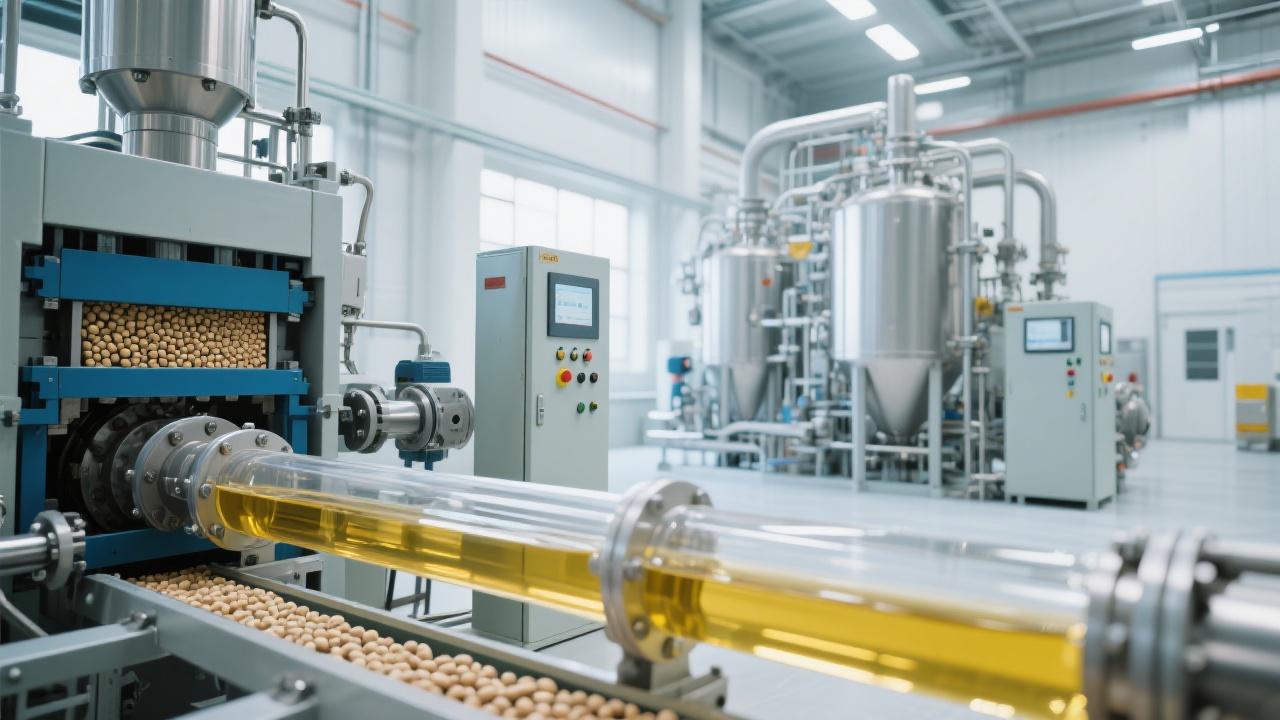
In modern edible oil processing, achieving high-purity soybean oil hinges critically on the efficiency of the degumming and deodorization stages. As soybean oil contains phospholipids and other impurities that affect flavor, stability, and shelf-life, mastering degumming technology has become indispensable for processors striving for premium oil quality. This guide unpacks the core technical procedures behind degumming and deodorization within advanced refining equipment developed by the Qie Group, offering actionable insights for technical operators and plant managers aiming to boost production quality and operational stability.
The foundation of effective degumming lies in selecting a suitable degumming agent. Typically, phosphoric acid, citric acid, or specialized blends are applied to hydrate and remove gums efficiently. According to industry benchmarks, the optimal acid dosage ranges between 50 to 150 ppm relative to the oil mass, adjusted based on initial phospholipid content. Precise control here is vital: overdosing leads to excess acid in oil, demanding more neutralization, while underdosing compromises gum removal, elevating oil turbidity and shortening shelf life.
Practical lab tests show that using polymer-stabilized acid blends can enhance gum dispersion, improving gum removal rates by up to 15% compared to traditional acids.
| Operating Parameter | Recommended Range | Technical Notes |
|---|---|---|
| Temperature | 50 - 70 °C | Controlled heating promotes hydration of gums, enhancing separation without degrading oil quality. |
| Mixing Intensity | 300 - 600 rpm | Sufficient shear helps emulsify gums but avoid excessive turbulence causing foaming. |
| Reaction Time | 15 - 25 minutes | Allows complete hydration and gum separation before settling or centrifugation. |
| Water Quality | Deionized or Softened Water | Prevents mineral contamination which may impair neutralization. |
Following degumming, the neutralization step ensures residual free fatty acids and excess acid are eliminated. Maintaining pH between 6.8 and 7.2 through optimized alkali dosing (commonly caustic soda at 0.2% to 0.5% of oil weight) is crucial to avoiding soap formation that complicates separation. The Qie Group’s integrated equipment automates alkali dosing with real-time pH feedback control, minimizing manual errors and improving process consistency.
Subsequently, deodorization removes undesirable volatile substances via steam distillation under vacuum, typically at temperatures of 220–260 °C and pressures below 5 mbar. Precise regulation of steam flow and residence time—usually 30 to 60 minutes—directly impacts flavor profile and oxidative stability. The Qie Group’s advanced vacuum steam deodorizer design incorporates counter-current steam flow and optimized condenser surfaces, achieving superior deodorization efficiency and energy savings.

Despite advanced technology, operational hiccups can occur. Typical problems include:
These issues highlight the importance of integrated automation and continuous monitoring, features embedded within Qie Group’s soybean oil refining units.

Traditional refining involves multiple discrete steps, each requiring manual transfer and adjustment. The Qie Group addresses this by integrating degumming, neutralization, bleaching, and deodorization into a single automated line. This one-stop system significantly reduces processing time by up to 20%, energy consumption by approximately 15%, and water usage by nearly 10%. Additionally, inbuilt sensors and programmable logic controllers (PLC) enable seamless adjustments for batch variations, ensuring consistent high-quality output.
This streamlined approach not only boosts operational efficiency but also harmonizes with increasingly stringent environmental regulations through reduced waste generation and improved effluent quality.

Want to elevate your soybean oil production with cutting-edge refining technology? Discover Qie Group's Advanced Degumming & Refining Solutions Today











